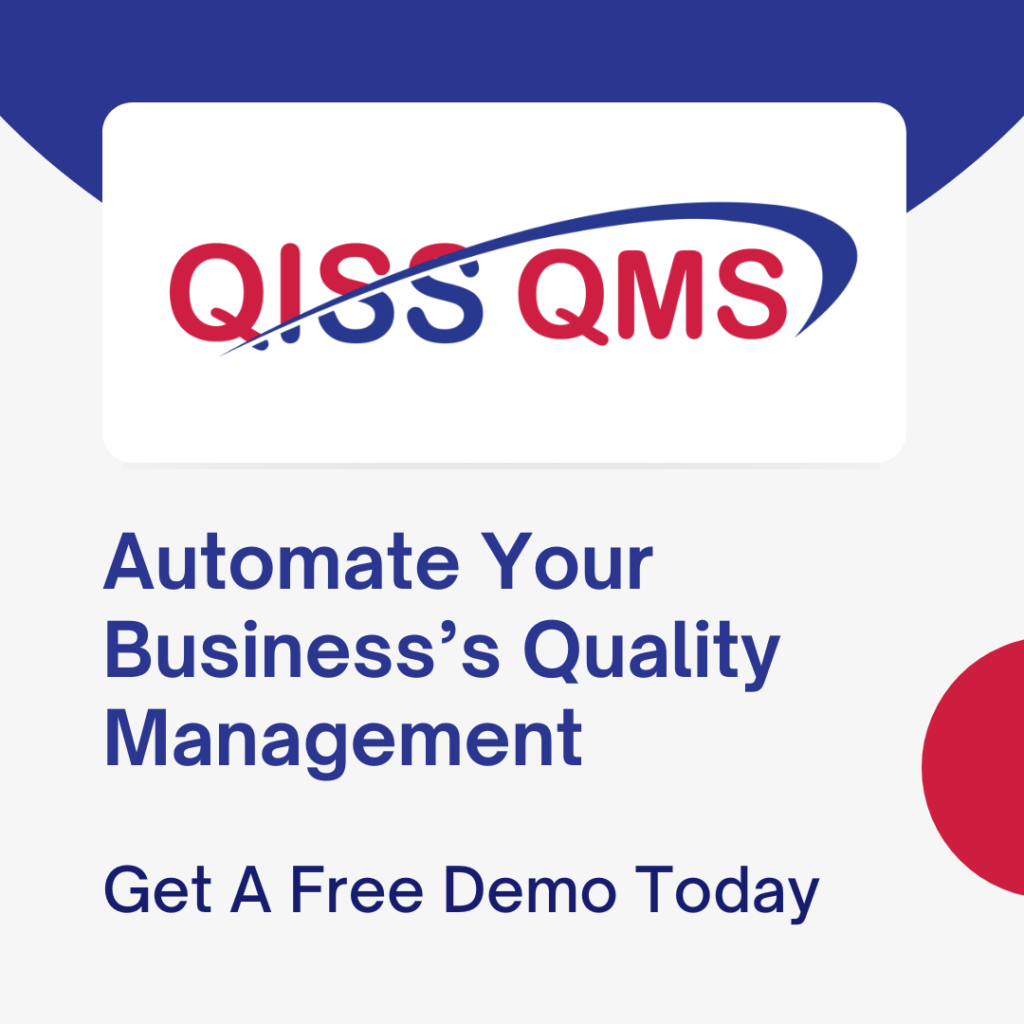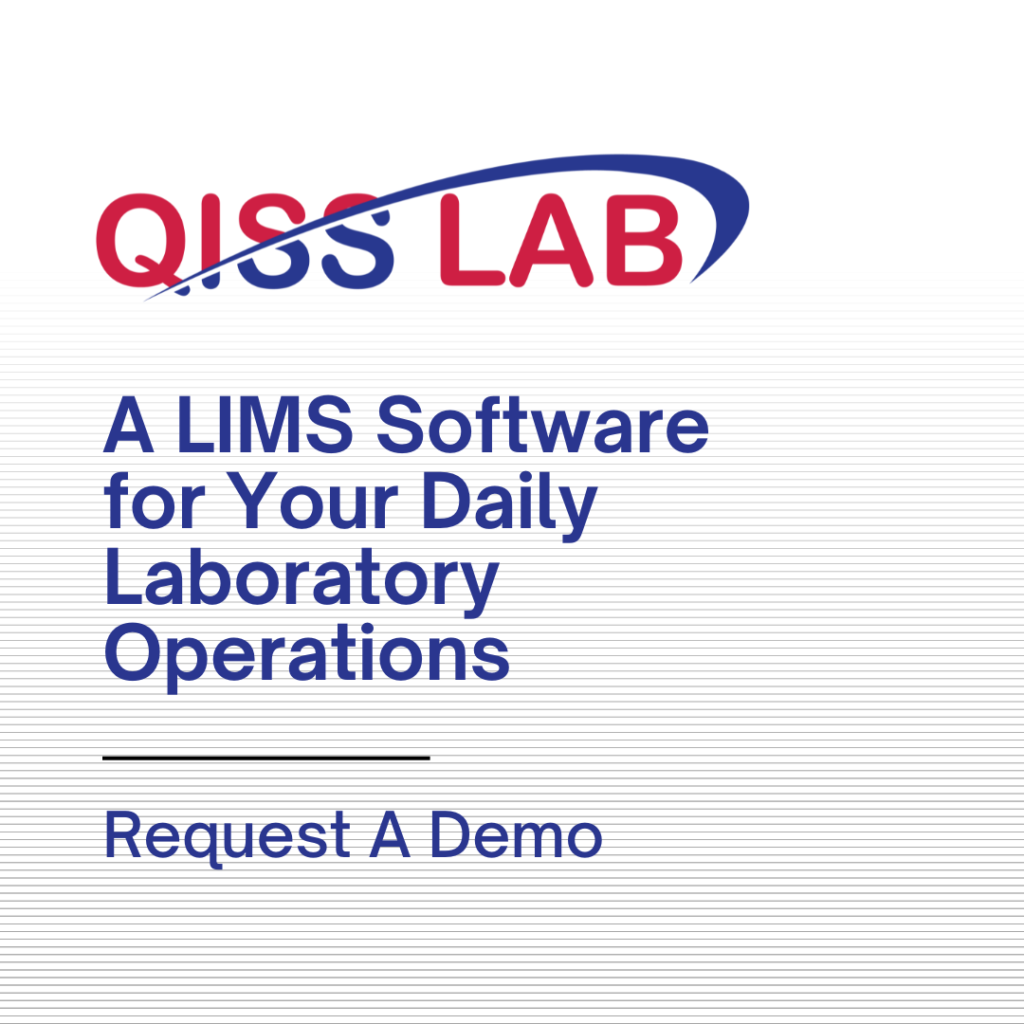A QHSE management system helps to promote the sustainability of an organization by making sure that the health & safety of the workers are taken care of. The aim is to minimize occupational risks by integrating the common elements of the ISO 9001, ISO 14001 and ISO 18001. QHSE compliance forces an organization towards continuous improvement while protecting the environment and taking care of its employe with the creation of a safe working environment.
What is a QHSE management system ?
QHSE management system refers to an integrated management system that deals with the common requirements of ISO 9001, ISO 14001 & ISO 18001. It promotes sustainability and ensures the health & safety of workers.
One of the foremost benefits of the Quality, Health, Safety & Environment (QHSE) System is that it sets the standards and legal framework of an organization related to QHSE requirements.
When we are dealing with processes that need to be followed to complete work, they have to be regulated and streamlined to foster a safe environment. The policies, thus formulated, ensure that ethical and legal practices are followed by all employees equally. Besides others, a QHSE system brings the following benefits.
- Transparency: It allows all employees access to information on what, how, and when a company is doing and what was the impact of the change in QHSE on the company.
- Structure: QHSE benefit accrues from having a structure to manage the system. In its absence, the environment could be chaotic. A lack of structure leads to a lot of frustration and the employees cannot leverage the management system.
- Communication: It helps improve communication because each employee can find all they need to know by pressing a button. It relieves them from the burden of asking others for information on performing their jobs.
- Data driven decision making: QHSE Benefits the organization as decisions are based on data evidence over a period of time.
- In Control: Triggers to noncompliance are set in a good QHSE system which helps reduce the stress of checking all documents and prepares you better for your audits.
This management system helps to improve the quality of products and processes, ensuring minimal environmental impact that sustains the health and safety of the workforce.
Therefore, the key benefit that the QHSE system leads to is the fulfillment of the organization’s social responsibility.
An integrated quality health safety and environment (QHSE) system would take care of regulatory requirements and increase the efficiency of individual workflow through building synergies.
A sustainable QHSE system leads to a lowering of the risk of liabilities.
In the end, A good QHSE system would let you benchmark your current organization’s status and compare it with other state of the art organizations, leading you to improve in quality continuously.
What do you have to do to become a QHSE leader?
The first step would be to move away from a paper and spreadsheet-based system to an electronic-based system where QHSE improvements electronic based system, where QHSE improvements can be made with speed and reliability that can come through analytics and digital solutions.
A delay or a stop in your operations can have a native impact on the delivery of your project, and additional expenses would be required that were not budgeted.
Additionally, your company can be prone to paying compensation for an accident that was caused because of faulty health & safety measures. An example could be a faulty wiring system which causes fire and people are injured.
Besides the financial losses in terms of money for compensation, you would suffer immensely on your image.
If you are a company, the negative publicity and image will impact your stock prices, and the losses would be clausal.
There fore the steps needed would be :
- Improve the process: paper stocks and spreadsheets are the next best alternative. Digitized systems take care of paper being misplaced or lost.
A digitized system gives you the fallback option. You can also have cloud-based mobile app and can be functional on the go. - Use the right software: The choice of the right software would ensure an increase in productivity through centralizing, managing, and automating your audits and inspections on a single platform.
- Automate your maintenance and inspection checks: The regular checks would ensure timely rectification of problems, and machine down times will be less. The software will remind you of the maintenance, which would reduce the risk of accidents and injuries.
- Make arrangements for spotting nonconformities easily. A good QHSE software would be able to digitally capture data, and through the analytic charts, you can prevent Nonconformance. Incidents can be detected before they occur, and preventive action can be taken.
Most of the challenges faced in QHSE, can be solved through digitization or using a software solution.
Through digitization, people stay connected, and work throughout the organization becomes smother. Using the QISS software powered by QIA, would enable you to go beyond the safety aspect and would work toward making your organization stay compliant to ISO 9001, ISO 14001, QHSA’s 18001, and other ISO standards.
Choose suitable software for your business from QISS essential software list. We are always ready to provide you ISO-based QMS services through QISS QMS software.



